A Guide for Custom Home Building
Child-Friendly Spaces: Designing Homes with Safety and Creativity in Mind
When building or remodeling your home, it’s important to create spaces that are safe and fun for your children. A well-designed home can protect your kids from harm while giving them places to play, learn, and grow. With thoughtful planning, you can design a home that works for the whole family and keeps kids happy and safe.
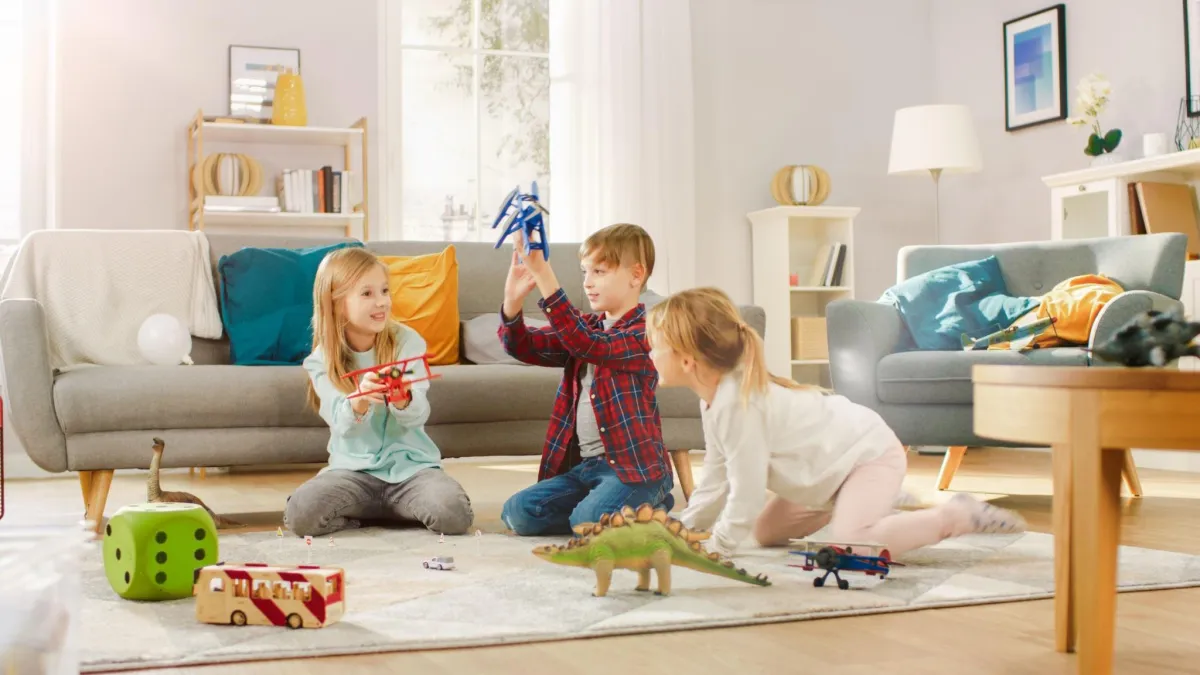
Building a Safe Home for Kids
Safety should always come first when designing a home for children. While some safety fixes can be added later, others need to be planned during construction. Here are some ways to make sure your home is safe from the start.
1. Safer Stairs
Stairs can be one of the most dangerous areas for kids. When designing your staircase, use wide steps that give little feet more room to stand. Gentle risers, which are shorter in height, make it easier and safer for kids to climb up and down. Railings should be sturdy enough for kids to grab onto and not too high for them to reach. It’s also a good idea to include built-in gates at the top and bottom of the stairs. These can match the design of your home and can be removed later when your kids are older.
2. Open Spaces for Better Visibility
An open floor plan is not just stylish—it’s also practical for families with young children. When the living room, kitchen, and dining area are connected, you can see what your kids are doing even when you’re busy cooking or cleaning. This helps prevent accidents because you can quickly step in if your child is climbing on something they shouldn’t be. Open spaces also give kids more room to move around and play, which makes it easier for them to stay active and entertained.
3. Built-In Storage
Kids often leave toys, books, and other items scattered all over the floor, which can be a tripping hazard. Adding built-in storage during construction helps keep your home tidy and safe. Shelves and cabinets can be built into the walls in playrooms, bedrooms, and even hallways. This design not only saves space but also keeps toys organized and off the ground. You can include storage at different heights so that kids can reach their own things easily, teaching them how to clean up after themselves.
4. Non-Slip Floors
Slippery floors can cause accidents, especially in areas that get wet like bathrooms, kitchens, and mudrooms. When choosing flooring, go for materials with textured surfaces, like slip-resistant tiles or concrete. These materials make it harder to slip even if the floor is wet. For added safety, you can also include area rugs or mats in playrooms and living areas. Just make sure they have non-slip backing so they stay in place.
Designing Fun and Creative Spaces
Once your home is safe, it’s time to think about how to make it fun and inspiring for your kids. By adding playful and creative elements to your home’s design, you can encourage learning, imagination, and active play.

Play Spaces Built Into the Design
Instead of filling your home with separate play equipment, you can make play areas a natural part of your home’s design. For example, you could add a climbing wall in the hallway, a small slide next to the staircase, or a built-in fort in the playroom. These features don’t take up extra space and are always ready for kids to use. You can also design creative spaces like secret doors, tunnels, or hidden compartments that add a sense of adventure.
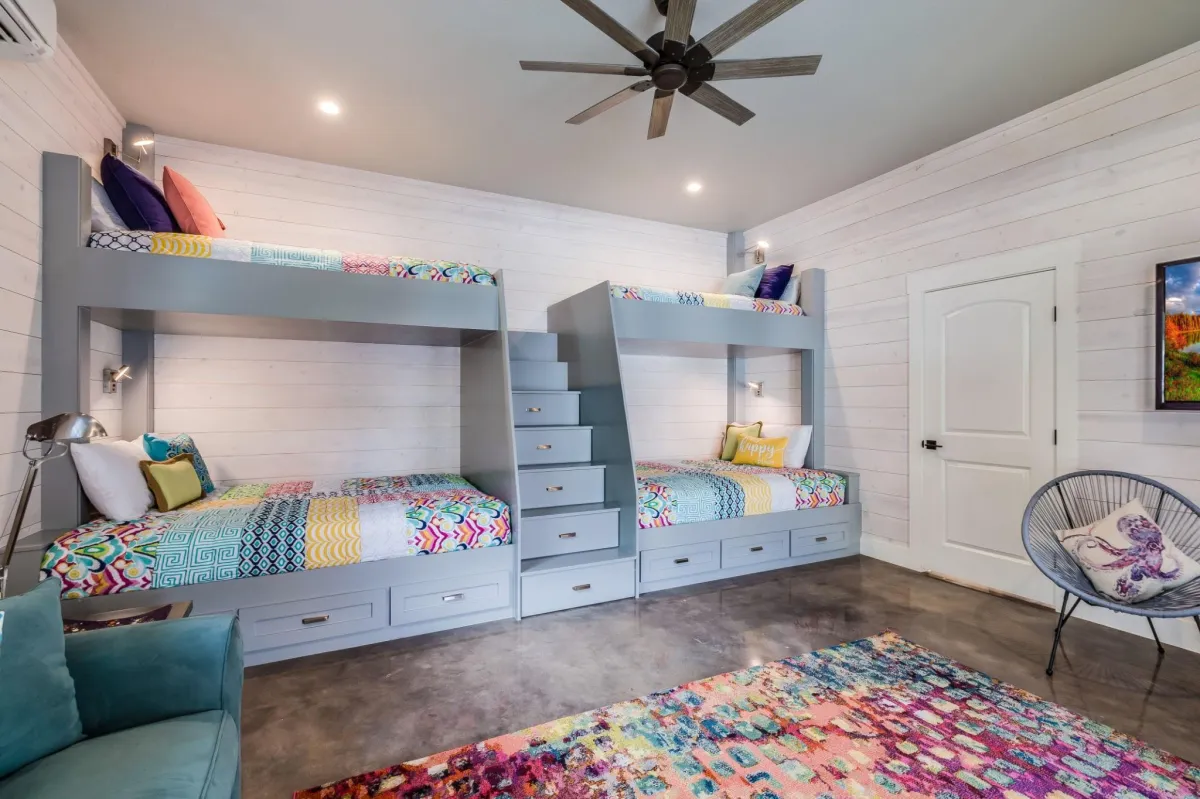
Rooms That Grow with Your Kids
Kids’ needs change as they grow older, so it’s helpful to design rooms that can change too. In a playroom, you can include built-in shelves that work for both toys and books. As kids get older, the room can be turned into a study area or hangout space. Choosing neutral colors for walls and furniture also makes it easier to update the look of the room without needing a full renovation. Flexibility in design saves time and money while ensuring your home grows with your family.
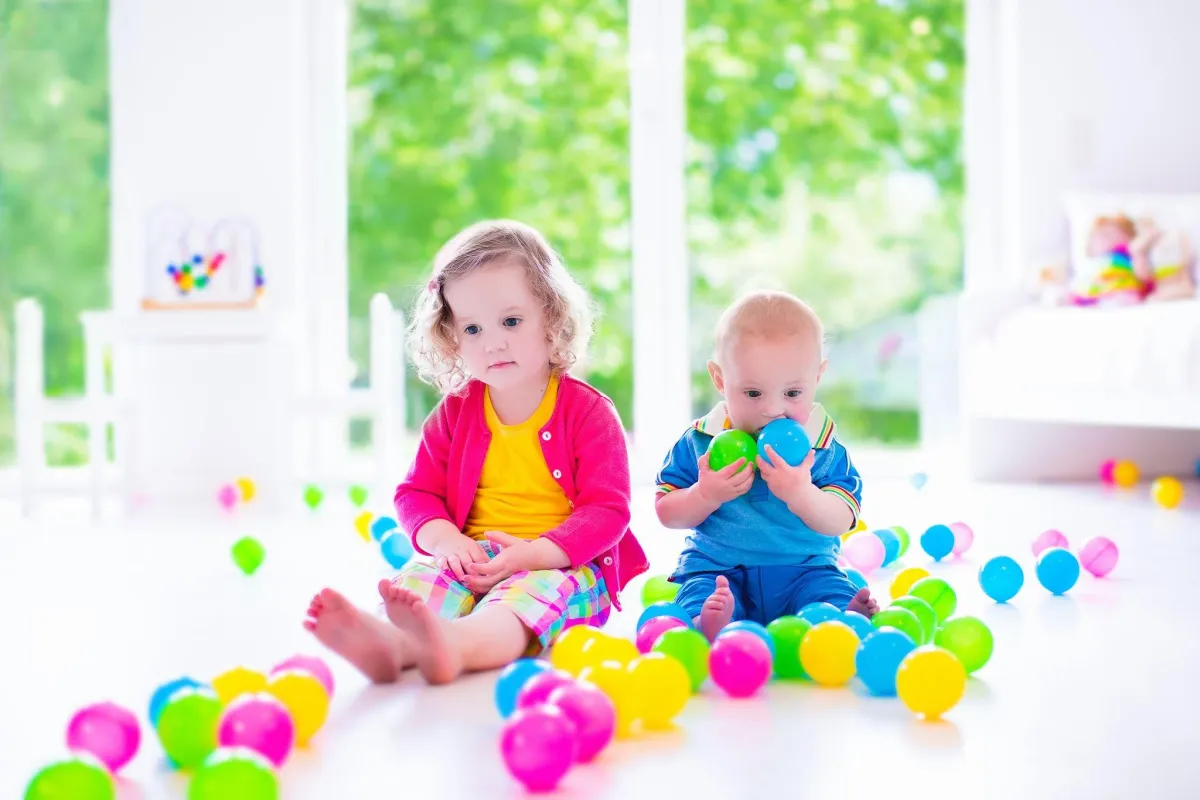
Lots of Natural Light
Sunlight is great for kids—it boosts their mood, helps them stay active, and even supports healthy growth. Big windows, skylights, or glass doors can bring lots of light into your home. In playrooms and bedrooms, place windows at a height where kids can look outside and enjoy the view. Make sure all windows are designed with safety in mind, with locks and guards to prevent accidents. Natural light also helps parents keep an eye on kids and reduces the need for harsh artificial lighting.
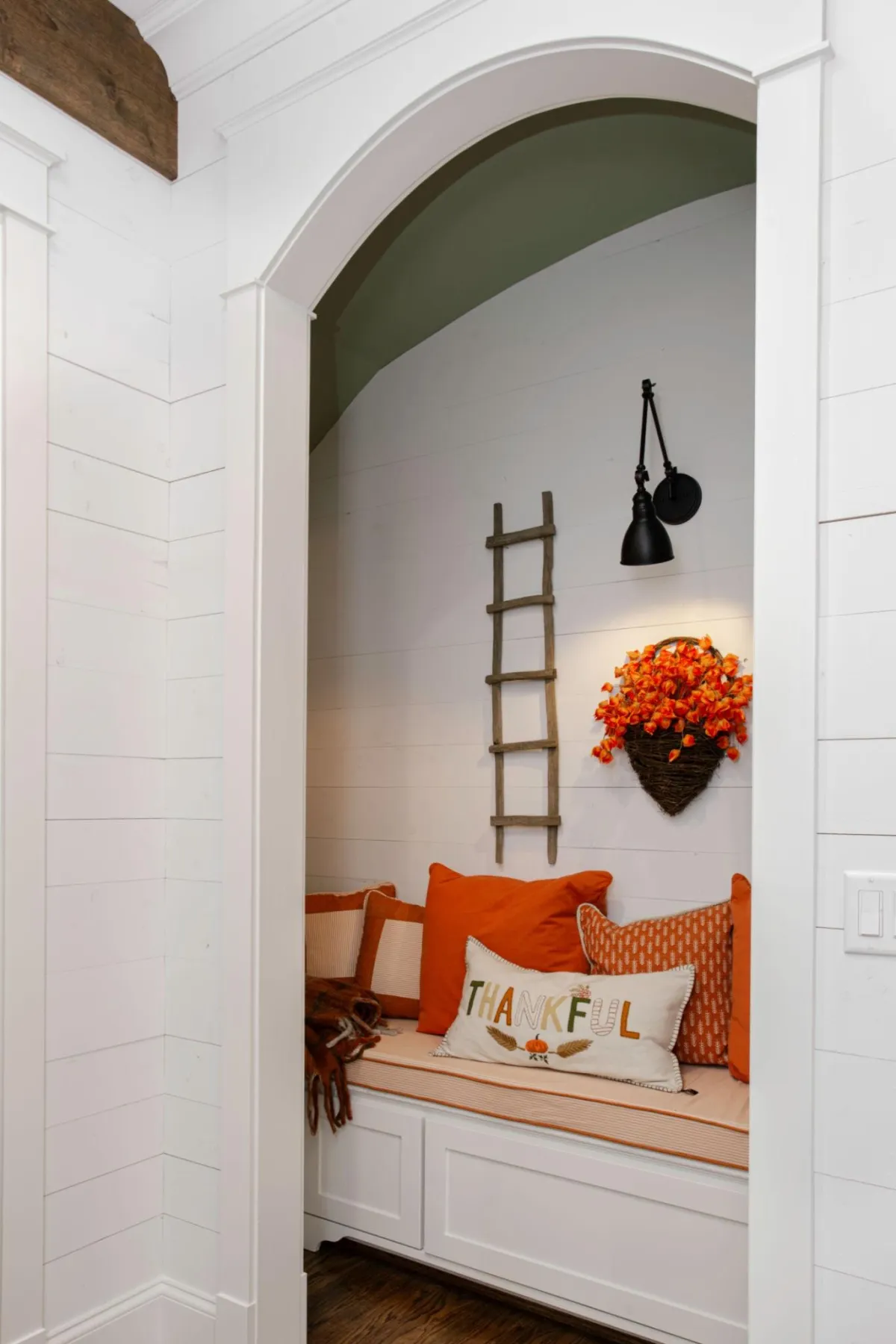
Cozy Corners
Kids love small, cozy spaces where they can relax and feel comfortable. During construction, you can add features like window benches, reading nooks, or alcoves with built-in seating. These areas don’t take up much space but give kids a special spot to read, draw, or play quietly. You can make the area even cozier by adding cushions, pillows, or soft rugs. These corners can also double as extra seating when you have guests over.
Choosing Materials That Work for Families
The materials you choose for your home are just as important as the design. Kid-friendly materials should be safe, durable, and easy to clean. Here are some options to consider:
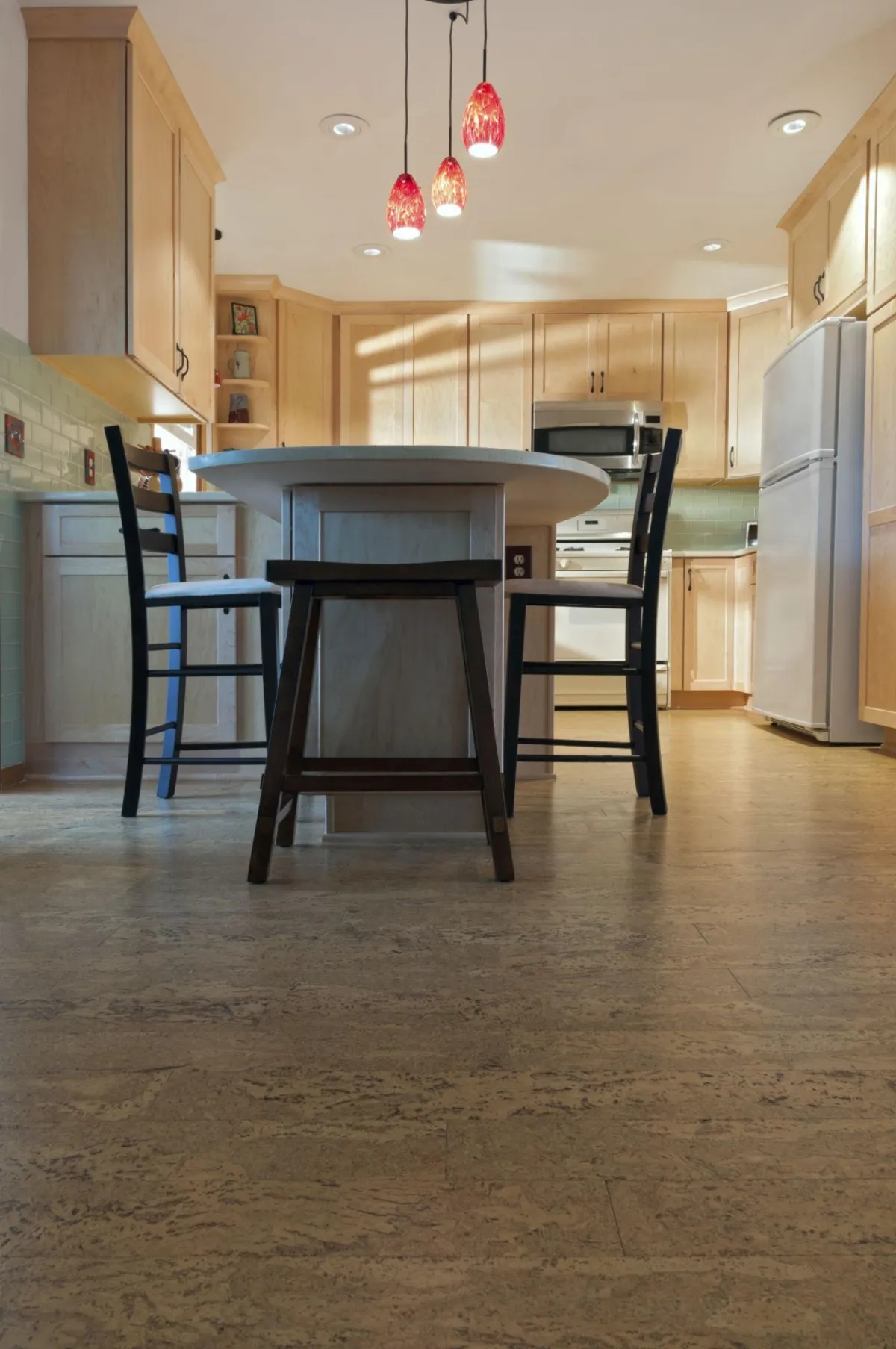
1. Tough Flooring
Floors need to handle spills, scratches, and lots of running around. Hardwood, cork, and linoleum are all good options because they’re sturdy and easy to clean. In play areas, you can use padded flooring tiles that provide a soft landing if kids fall. These materials are also great for reducing noise, so the house stays quieter even when kids are being active.
2. Paint That’s Easy to Clean
Walls are one of the first things kids love to decorate—whether with crayons, markers, or dirty hands! Use washable paint that lets you wipe away messes without damaging the walls. You can also paint one wall with chalkboard paint so kids have a designated spot for drawing. This makes cleanup easier and keeps the rest of your walls safe.
3. Rounded Edges
Kids often bump into things while playing, so it’s important to avoid sharp corners on furniture and built-in features. Choose countertops, shelves, and tables with rounded edges to reduce the risk of injuries. Rounded edges are also more comfortable and give your home a softer look.
Kids spend a lot of time on floors and furniture, so it’s important to use materials that are safe for them. Look for non-toxic paints, flooring, and furniture that don’t release harmful chemicals. Using materials labeled as “low-VOC” or “zero-VOC” helps keep the air in your home fresh and healthy.

4. Non-Toxic Materials
Kids spend a lot of time on floors and furniture, so it’s important to use materials that are safe for them. Look for non-toxic paints, flooring, and furniture that don’t release harmful chemicals. Using materials labeled as “low-VOC” or “zero-VOC” helps keep the air in your home fresh and healthy.
Conclusion
Designing a home that is both safe and fun for kids takes planning and creativity, but it’s worth it to give your family a space where everyone feels happy and secure. By thinking about safety first and adding features that spark imagination, you can build a house that supports your kids as they grow. From safe staircases and durable materials to playful spaces and flexible rooms, your home can be a place that brings out the best in your children while keeping them protected. With the right architectural choices, you’ll create a home that works for kids and adults alike—now and for years to come.
More Articles From TAS Design



Contact Us
Service Hours
Mon- Fri 8 am - 5 pm
Sat, Sun- Closed except by appointment





Contact Us
1 540-302-2593
2507 Bluff Road
Roanoke VA 24014
Service Hours
Mon- Fri 8 am - 5 pm
Sat, Sun- Closed except by appointment
Connect





